Marionberries are a hybrid berry, a cross between the Chehalem and Olallieberry, prized for their rich flavor and versatility in jams, pies, and fresh eating. While they can produce a bountiful harvest, proper care and planning are essential to maximize next year’s fruit production. One of the most effective ways to ensure healthy growth and high yields is by using a trellis system for your marionberry vines. In this guide, we’ll explore a simple technique to trellis your marionberry plants and set yourself up for a successful harvest season.
Why Trellis Marionberry Vines?
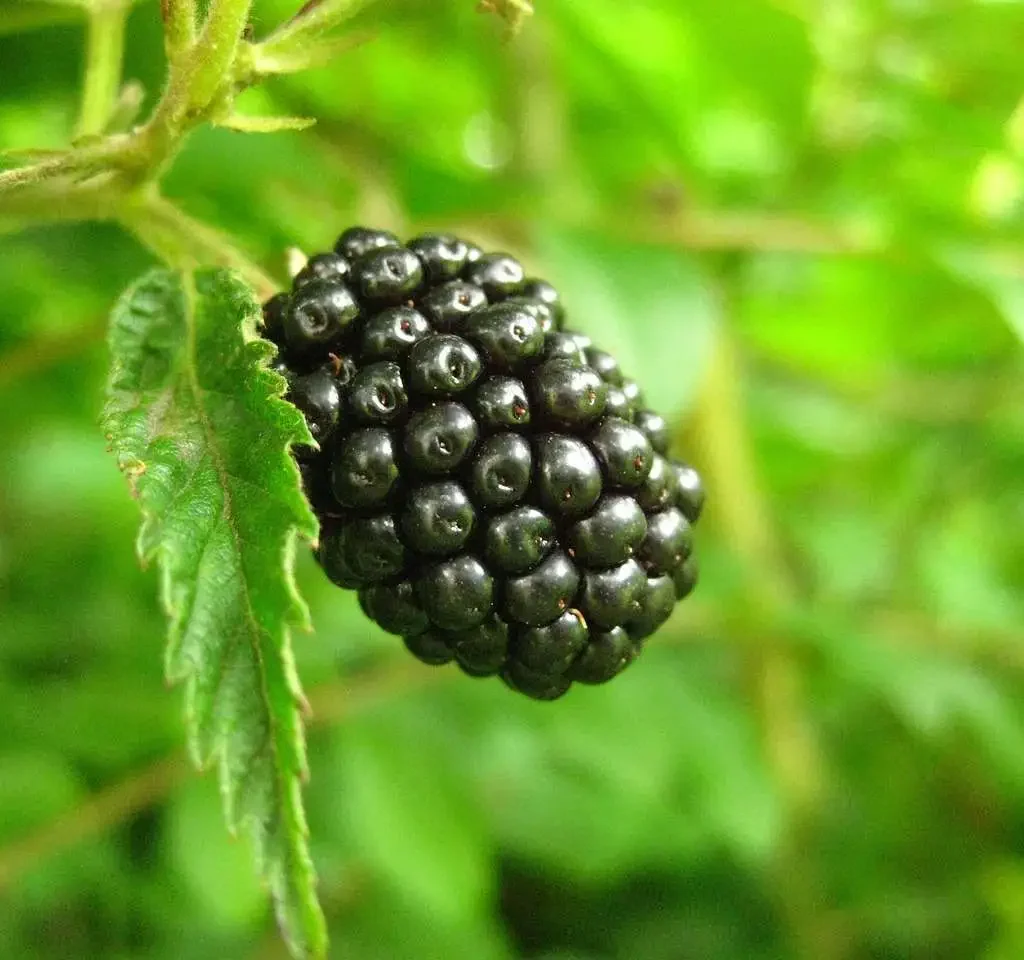
Marionberry plants are vigorous and can spread quickly if left unsupported. A trellis system not only organizes the growth of the vines but also improves air circulation, sunlight exposure, and ease of harvest. Here are the main benefits of trellising your marionberries:
- Improved Sunlight Exposure – Properly spaced vines on a trellis ensure that all canes receive ample sunlight, encouraging better fruit development.
- Better Air Circulation – Increased airflow reduces the risk of fungal diseases such as botrytis and powdery mildew.
- Easier Harvesting – Elevated and organized vines make picking berries less cumbersome, reducing damage to fruit and plants.
- Promotes Next Year’s Fruit Production – Trellising encourages proper cane growth, which is critical for flower bud formation and next season’s yield.
Understanding Marionberry Growth
Before we discuss trellising, it’s important to understand how marionberry vines grow. Marionberries produce two types of canes:
- Primocanes – These are the current season’s new canes, which generally do not produce fruit in the first year.
- Floricanes – These are second-year canes that bear fruit. Proper care of primocanes during their first year directly impacts the number and quality of floricanes for next season.
Recognizing this growth cycle is key to maximizing your harvest. The goal of trellising is to support primocanes while training floricanes in a manner that promotes optimal fruit production.
Choosing the Right Trellis System
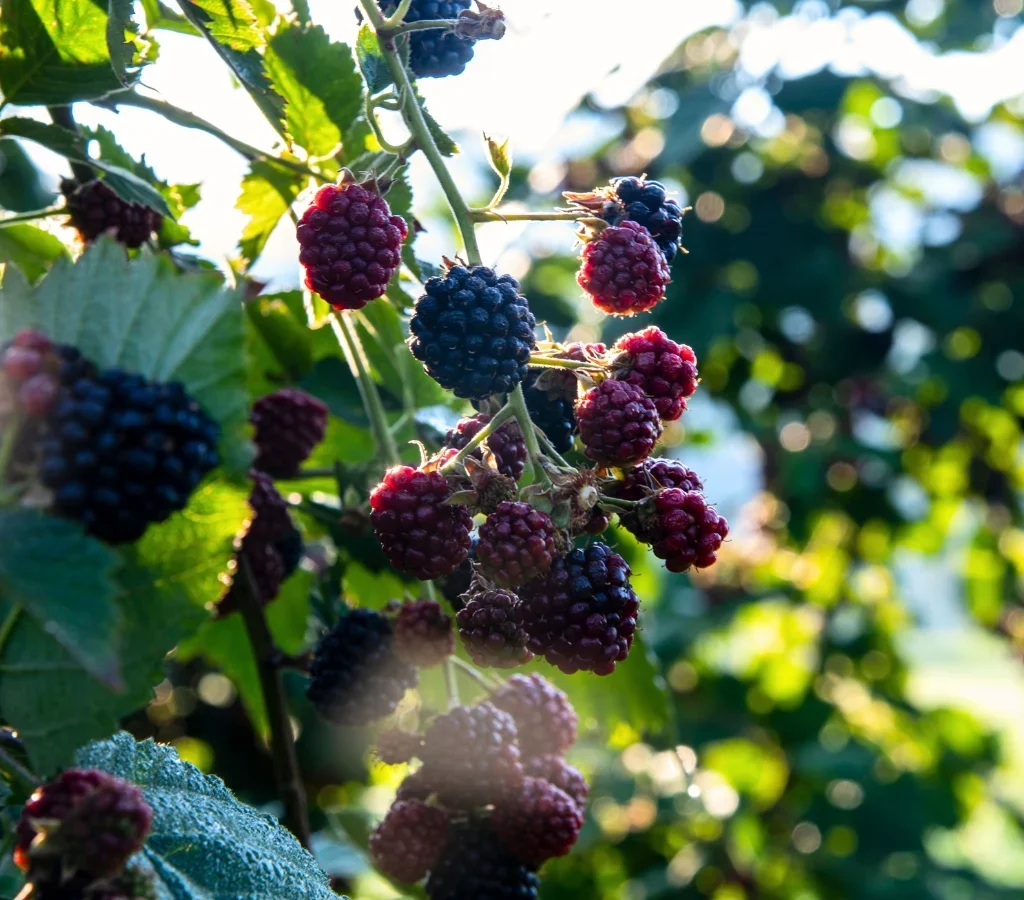
There are several trellis systems suitable for marionberries, but the simple two-wire trellis is ideal for home gardeners. This system is easy to build, affordable, and highly effective.
Materials Needed:
- Wooden or metal posts (6–8 feet tall)
- Galvanized wire or strong garden twine
- Wire tensioners or nails
- Pruning shears
Setting Up Your Trellis:
- Place posts about 8–10 feet apart along the row of marionberry plants.
- Attach the first wire about 3 feet above the ground and the second wire around 5–6 feet high.
- Ensure the wires are taut to support the weight of the growing vines.
This system allows your marionberry canes to climb vertically, reducing ground contact, which can lead to disease and rot.
Training the Vines
Once the trellis is in place, it’s time to train your vines. This simple technique can significantly enhance next year’s fruit production.
- Select Healthy Primocanes – In early spring, identify strong, healthy primocanes to train along the trellis. These will become your next season’s floricanes.
- Tie the Canes to the Trellis – Using soft garden ties, loosely secure the primocanes to the lower wire, spacing them about 6–12 inches apart. Avoid tying too tightly to prevent damage as the cane thickens.
- Prune Unwanted Canes – Remove weak or diseased canes to direct the plant’s energy toward the strongest shoots. Proper pruning ensures that the plant focuses on fruiting rather than excessive vegetative growth.
- Tip the Canes – Once primocanes reach the upper wire, pinch the tips. Tipping encourages lateral branching, which increases the number of fruiting sites for next season.
Seasonal Care for Maximum Yield
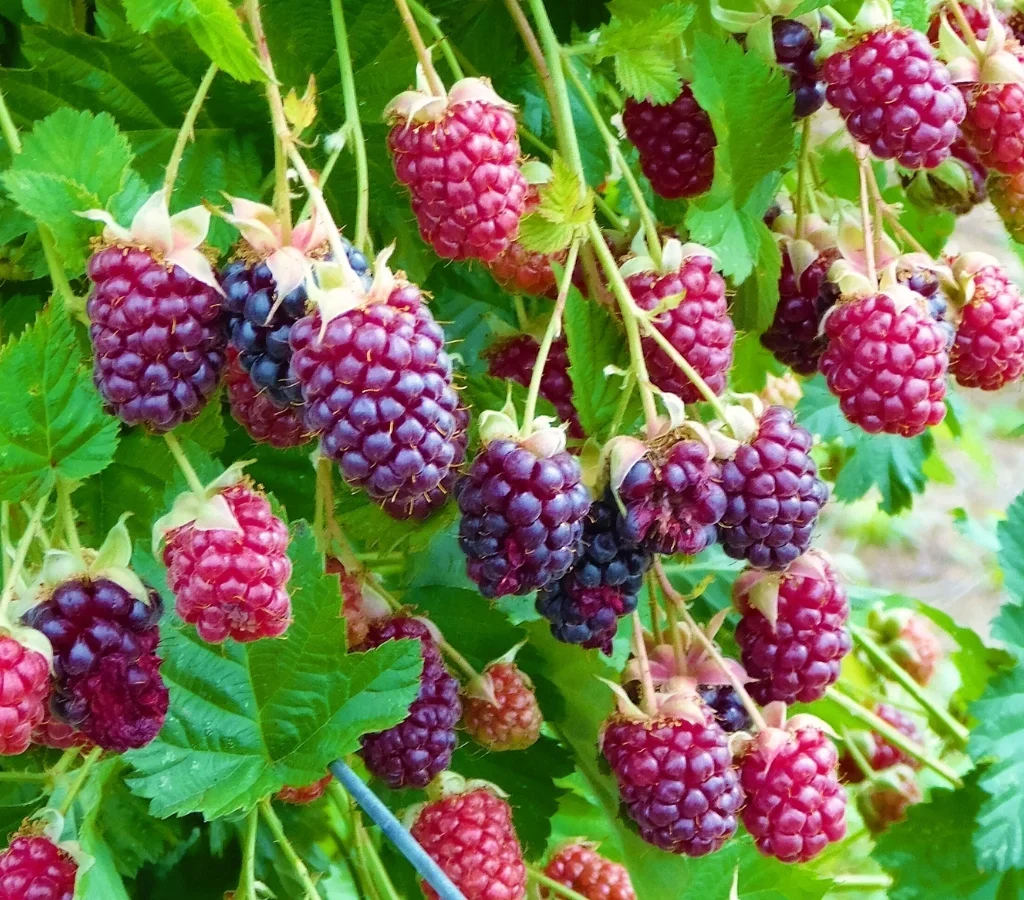
Trellising alone won’t guarantee a large harvest; your marionberries also need proper seasonal care:
- Watering – Marionberries thrive in consistently moist soil, especially during flowering and fruiting. Deep watering once or twice a week is preferable to frequent shallow watering.
- Fertilization – Apply a balanced fertilizer in early spring and again after harvest. Avoid high-nitrogen fertilizers late in the season, as excessive leaf growth can reduce floricane development.
- Mulching – A layer of organic mulch helps retain soil moisture, suppress weeds, and regulate soil temperature.
- Pest and Disease Management – Keep an eye out for aphids, spider mites, and fungal diseases. Trellising improves airflow, reducing many common problems, but occasional treatment with organic sprays may be necessary.
Pruning for Next Year
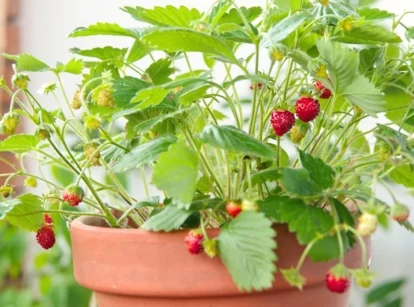
Pruning is arguably the most critical factor in ensuring a high yield next season. Marionberries fruit on floricanes, so careful pruning of old and new canes is essential:
- Remove Fruited Floricanes – Immediately after harvest, cut away all floricanes that bore fruit. This prevents disease and frees up space for new primocanes.
- Thin Primocanes – Select the strongest primocanes and remove the weaker ones. Aim for 4–6 strong canes per linear foot of trellis.
- Encourage Lateral Branching – Tip the primocanes during the growing season to encourage side shoots, which will become the next season’s fruiting branches.
Harvesting Tips
A well-maintained trellis simplifies harvesting. Marionberries are typically ready to pick in mid to late summer. Here’s how to get the best results:
- Pick When Fully Ripe – Berries should be plump, deep purple-black, and slightly soft. Unripe berries will not ripen after picking.
- Handle Gently – Marionberries are delicate. Use a shallow container to prevent crushing and pick carefully to avoid damaging the plant.
- Regular Picking – Harvest every 2–3 days during peak season. Frequent picking encourages the plant to continue producing.
Benefits of This Simple Trellis Technique
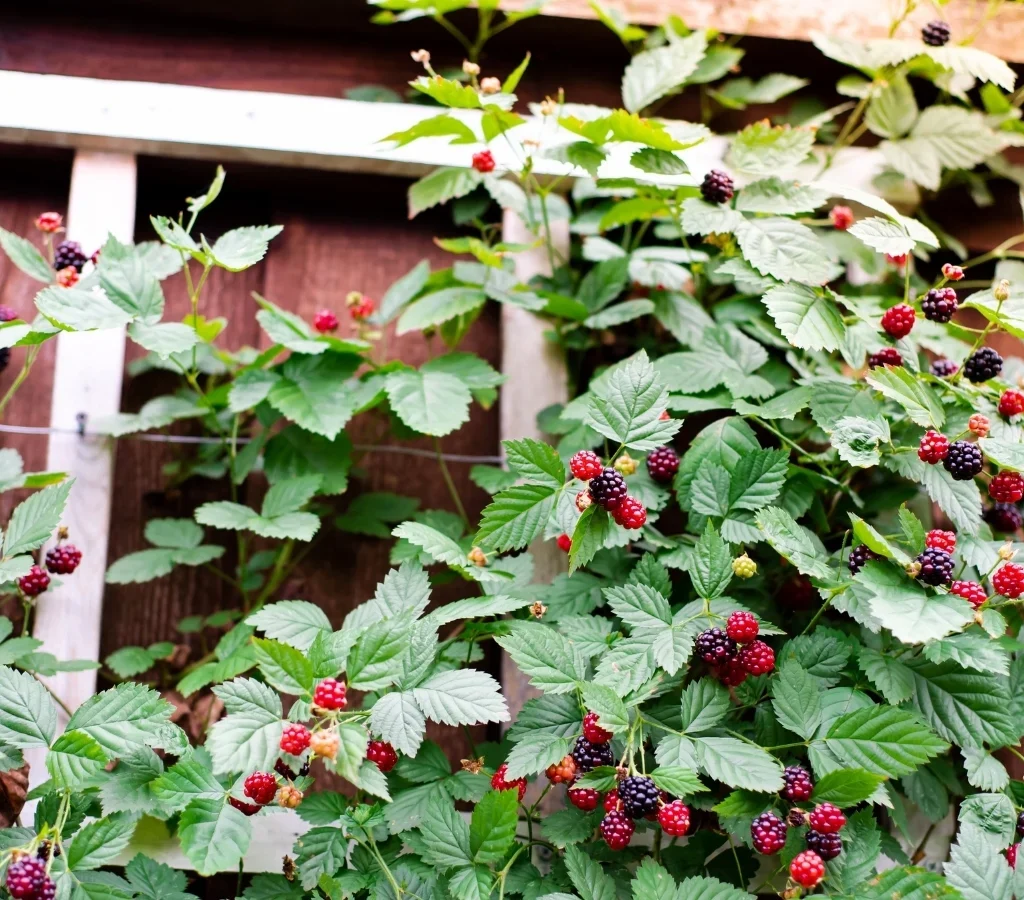
Using a trellis with the above training and pruning methods offers several advantages:
- Higher Yield – Proper cane management ensures more fruiting branches for the next season.
- Stronger Plants – Supporting canes vertically reduces stress on the plant and prevents breakage.
- Healthier Berries – Better sunlight and airflow produce larger, sweeter, and more disease-resistant fruit.
- Ease of Maintenance – Trellised vines are easier to prune, fertilize, and harvest, saving time and effort.
Common Mistakes to Avoid
Even with a trellis, gardeners sometimes struggle with marionberries. Avoid these pitfalls:
- Neglecting Pruning – Failing to remove old floricanes or thin primocanes reduces next year’s yield.
- Overcrowding – Too many canes on a single wire can shade fruiting branches, leading to poor berry quality.
- Poor Tie Technique – Tying canes too tightly can strangle them; too loosely and they may fall off the trellis.
- Ignoring Soil pH – Marionberries prefer slightly acidic soil (pH 5.5–6.5). Test your soil and amend as needed.
Conclusion
Trellising marionberry vines is a simple, yet highly effective technique to boost next year’s fruit production. By carefully selecting strong primocanes, tying them to a well-designed trellis, and following seasonal pruning and care practices, you can enjoy a healthy, productive crop year after year.
Whether you’re a backyard gardener or managing a small berry patch, this method streamlines maintenance, improves berry quality, and ensures your plants thrive season after season. With dedication and the right approach, your trellised marionberries can produce bountiful harvests for years to come.
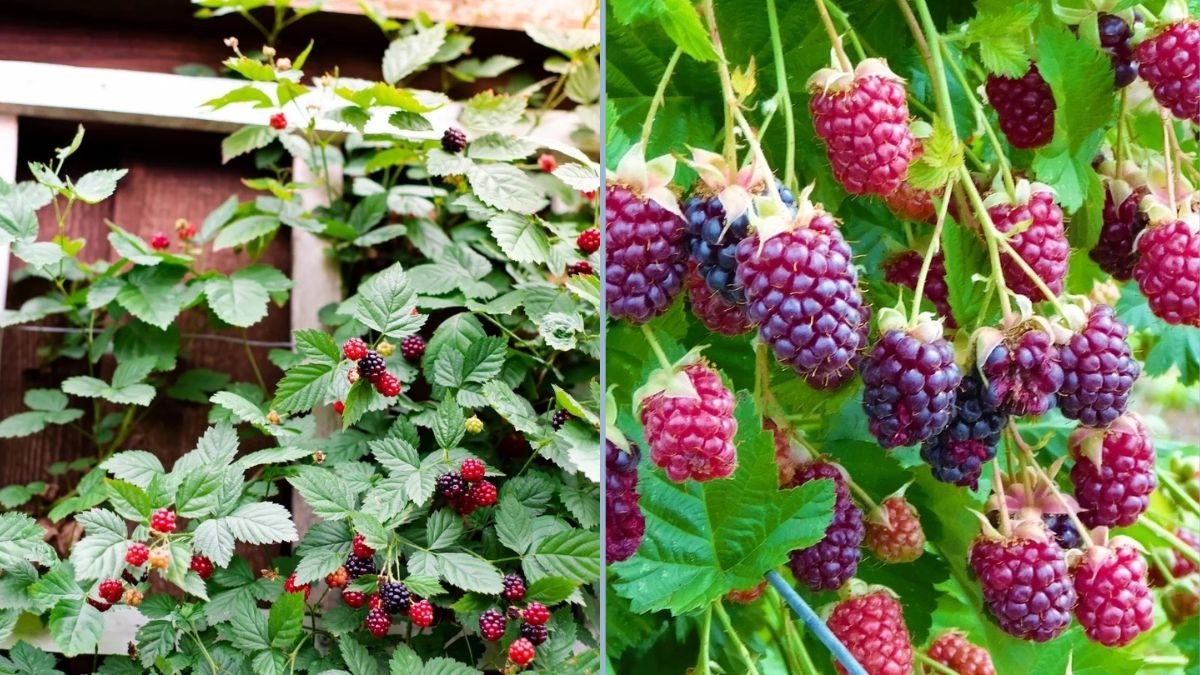





Leave A Comment